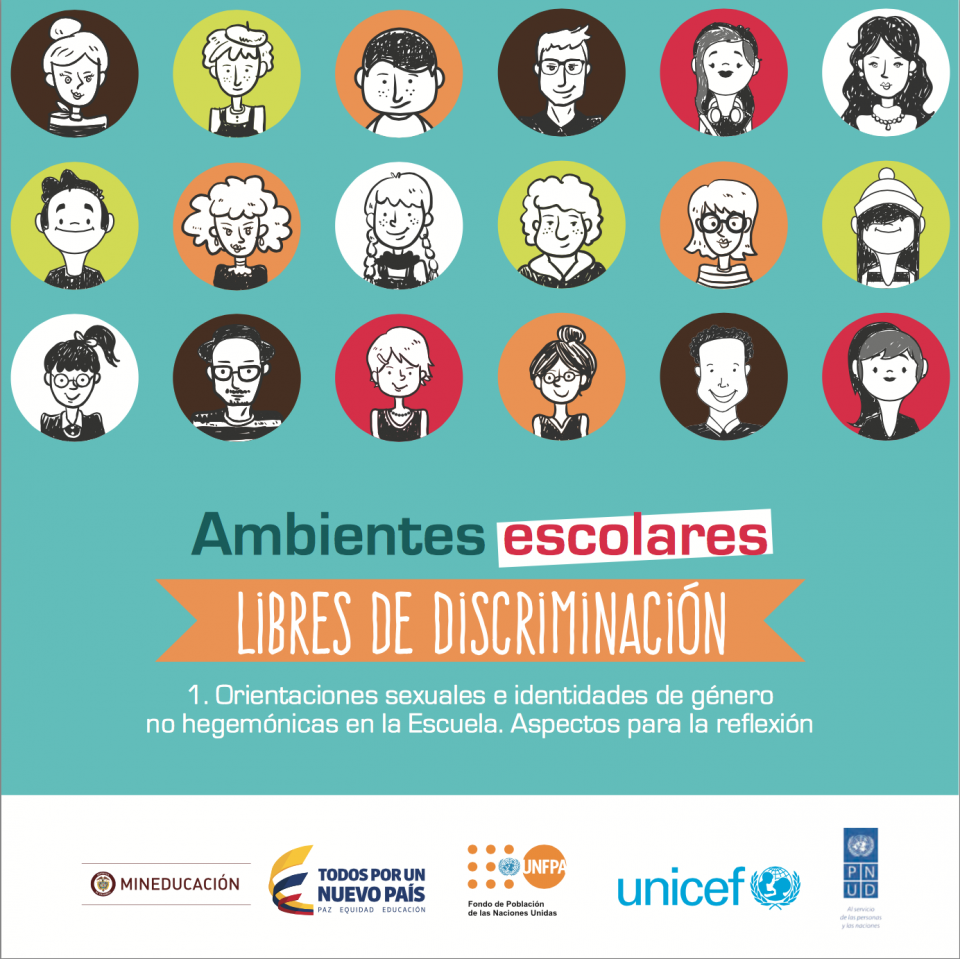 Visa and business expert Luisa Leon guides you through the red tape maze
Visa and business expert Luisa Leon guides you through the red tape maze
Getting a visa, or knowing which visa to get, can be a big headache for foreigners in Colombia. The visa system has changed a lot in recent years – some aspects of the application process are much clearer and more streamlined, but others can still be challenging and even downright frustrating.
Your first stop should be the Cancillería website (www.cancilleria.gov.co/en/procedures_services/visas/types), where you can find information in both English and Spanish. You can also phone them, but make sure you have a lot of credit on your phone and be prepared for lengthy recorded messages before you can actually speak to someone.
There are 17 different types of visa listed on the website, each with specific requirements that cover every walk of life from volunteers to homeowners and dredgers to members of religious cults.
The most common ones are TP3 for students or ‘cultural exchange’, TP4 for normal work visas, TP7 for business owners, independent workers or freelancers and TP10 for spouse visas. Many people find the biggest hurdle is knowing which visa they need, since they don’t quite tick all the boxes for any specific visa.
Once you’ve passed that hurdle and have your paperwork in order, you should head down to the Cancillería. The security guard will ask to see your passport and ask if you have your papers. You will not be allowed a consultation unless you have all your paperwork ready and know which visa you are applying for. You will then be given a number, and pay for the consultation. When your number is shown on the board, you will have a short meeting where they check your papers, fill in the form and ask some questions. If the visa is approved, you then pay for your visa and wait. Hey presto, you’ll have a bright shiny new green sticker in your passport.
Whatever visa you are applying for, here are some things to keep in mind:
The Cancillería (Ministry of Foreign Affairs) is not to be confused with Migración Colombia.
The Ministry of Foreign Affairs issues visas and deals with immigration.
Address: Avenida 19 No. 98–03 Edificio Torre 100 Piso 3º
Migración Colombia (used to be called the DAS office) controls the flow of people in the country – they issue cedulas, deal with border control – basically they give you permission to be in the country if you don’t need a visa.
Address: Calle 100 # 11B-27
The entry stamp that you receive in your passport when you enter the country is not a visa. It is a ‘permiso de ingreso y permanecia’ (PIP). These are dealt with by Migracion Colombia. These entry stamps are only valid for up to 90 days and do not allow you to do things like opening a bank account. You may stay in Colombia for two sets of 90 days in any one calendar year.
You used to have to leave the country to apply for many types of visas, as well as changing from one visa to another. This is no longer the case – unless you are changing to or from a PIP.
You can now do your visa application and payment online. The visa office is open between 2pm and 3pm for the collection of online visa applications.
If you make your application in person, make sure you arrive early to minimise waiting time – the office is open from 7.30am until 12pm.
You don’t need to take passport photos any more, and you don’t need to fill out a form in advance – you can do everything when you get there. The Ministry of Foreign Affairs has a cash desk where you can make payments.
One minimum salary is currently: $644.350. A number of visa requirements are counted in minimum salaries.
Make sure you keep a photocopy of your passport, your entry stamp to the country, and your new visa – you never know when you might need them.
When you get your visa, check it carefully. You have 30 days to request a correction, otherwise you will have to pay for a new visa.
Assuming your visa is granted for more than 90 days, you will need to register your visa and pay for a cedula from Migración Colombia. You have 15 days to apply and will be fined if you do not.
In some cases, it is possible to apply for a salvoconducto, which is a temporary emergency document that allows you to stay for up to an additional 30 days (for example until your actual visa is processed). The salvoconducto is processed by Migración Colombia.
Applying for a visa can be stressful – especially if your Spanish is not strong. If you encounter problems it is important to keep your calm and keep smiling. The worst thing you can do is succumb to visa rage.
Continue reading our full visa coverage, opinions and experiences from others who have already gone down that road.
Luisa Leon is a business consultant who specialises in helping international companies and individuals to navigate the various legal and administrative requirements, including founding companies and organising visas.





